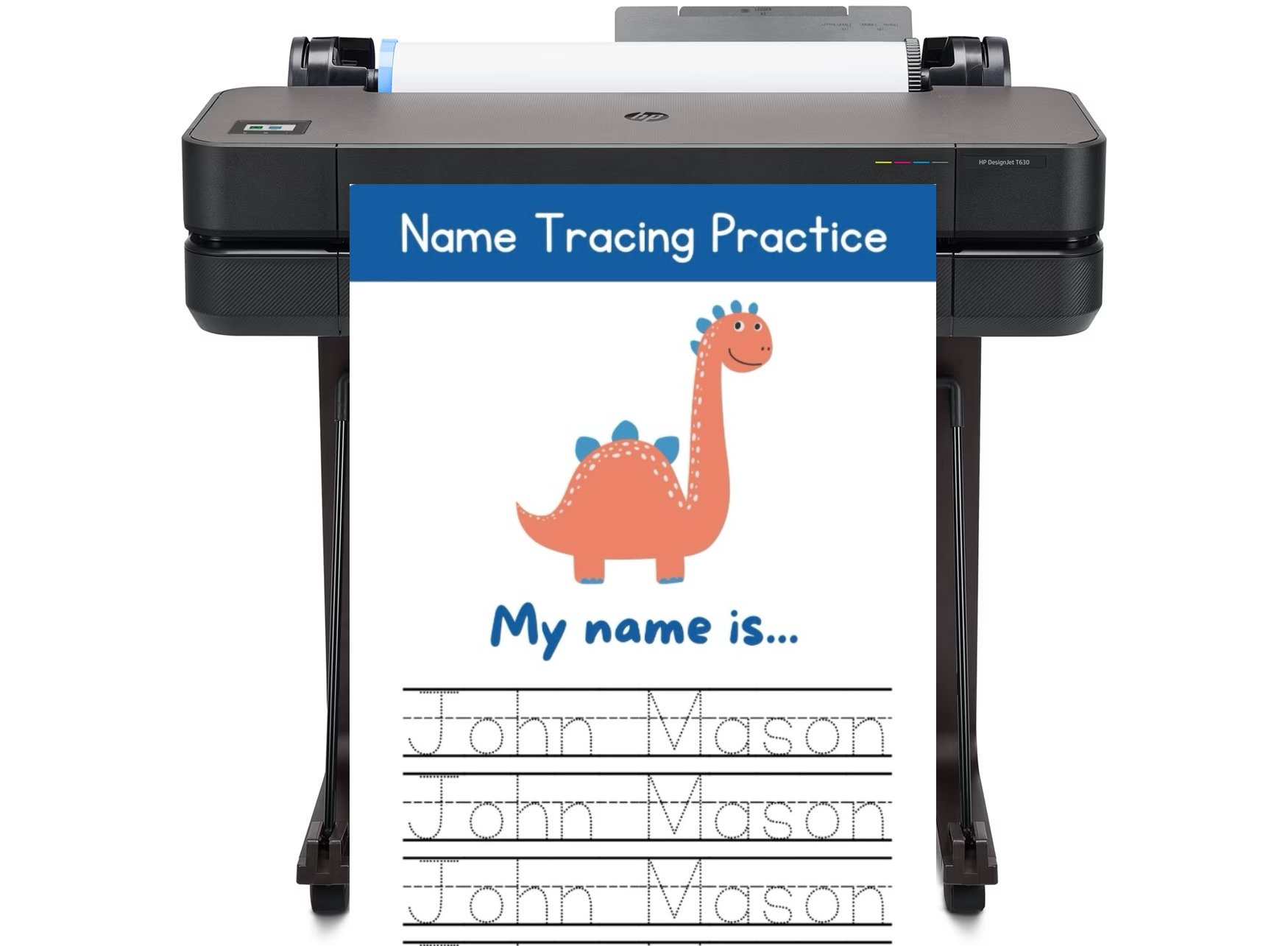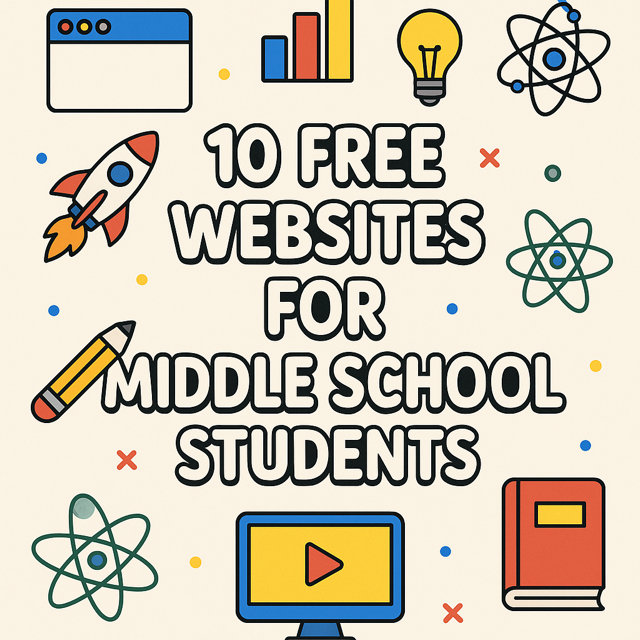
DISCOUNTED EDUCATION PRICING! CALL 1-877-891-8411. We Gladly Accept School Purchase Orders!

Middle school is a critical time for students to explore their interests, build foundational skills, and cultivate a passion for learning. The internet offers a wealth of free educational resources that make learning engaging, interactive, and enjoyable for students in grades 6-8. Whether it’s mastering math, diving into science, improving writing, or exploring history, these platforms provide high-quality, age-appropriate content. Below is a curated list of 10 exceptional free websites that support academic growth and creativity for middle schoolers. Selected for their educational value, ease of use, and ability to spark curiosity, these resources are perfect for students, parents, and educators looking to enhance learning experiences.
Khan Academy is a leading platform offering thousands of free video lessons, practice exercises, and quizzes across subjects like math, science, history, and more. For middle schoolers, it provides tailored courses for grades 6-8, covering topics from pre-algebra to world history. Its clear, step-by-step explanations and adaptive practice problems adjust to a student’s skill level, promoting mastery at their own pace. Students can track progress through a personalized dashboard, while teachers and parents can monitor performance and assign lessons. Khan Academy’s comprehensive approach makes it an essential tool for academic success. Visit: www.khanacademy.org
CommonLit is a free digital library of reading passages and literacy resources designed to enhance reading, writing, and critical thinking skills. Aimed at grades 3-12, it offers a robust selection of fiction and nonfiction texts curated for middle schoolers. Each passage includes comprehension questions, vocabulary exercises, and discussion prompts to build analytical skills. Teachers can assign texts based on reading level or topic, and students can practice independently at home. With diverse, culturally relevant texts, CommonLit aligns with Common Core standards and fosters a love for reading.
Prodigy is a game-based learning platform that transforms math practice into an engaging adventure for grades 1-8. Students solve standards-aligned math problems to progress through a fantasy world, battling opponents and earning rewards. The platform adapts to each student’s skill level, ensuring appropriate challenges. Teachers can assign specific topics, like fractions or geometry, and track progress, while parents appreciate its ability to make math fun. Prodigy’s free version offers robust features, making it ideal for building math confidence and fluency. Visit: www.prodigygame.com
National Geographic Kids brings science, geography, and history to life with vibrant articles, videos, and interactive activities. Middle schoolers can explore topics like wildlife, space, and ancient civilizations through engaging, age-appropriate content. The site features quizzes, games, and “Weird But True” facts that make learning entertaining. Its high-quality visuals and reputable content make it a trusted resource for students and educators. Perfect for science projects or casual exploration, it inspires curiosity and wonder.
ReadWorks offers thousands of free nonfiction and fiction passages for reading comprehension practice, tailored for grades K-12. Middle schoolers benefit from texts on topics like social studies and science, paired with comprehension questions and vocabulary support. The platform differentiates reading levels to match student abilities, ensuring accessible yet challenging material. Teachers can create virtual classrooms to assign readings, while students can practice independently. ReadWorks also provides educator guides, making it a versatile tool for improving literacy skills. Visit: www.readworks.org
CK-12 provides free interactive textbooks, simulations, and practice exercises for math, science, and more. Its “FlexBooks” for middle schoolers cover topics like physical science and algebra and can be customized for specific needs. Interactive simulations, such as virtual labs for chemical reactions, make complex concepts engaging. CK-12’s study guides and adaptive practice questions support independent learning, while its virtual tutor guides students through problems. Ideal for STEM-focused students, CK-12 fosters hands-on learning.
Code.org introduces middle schoolers to coding through free, beginner-friendly courses. Students can create games, apps, and animations using block-based coding or languages like JavaScript. The platform’s “Hour of Code” activities offer short, engaging challenges to teach programming concepts. Code.org also covers computer science fundamentals, building problem-solving skills. Teachers can integrate it into curricula, while students can explore independently to spark an interest in technology. Visit: www.code.org
BrainPOP uses animated videos, quizzes, and activities to cover subjects like science, social studies, and English. Its characters, Tim and Moby, explain complex topics in a fun, accessible way that resonates with middle schoolers. The free version offers limited access, but many schools and libraries provide expanded access. BrainPOP’s short, digestible lessons encourage critical thinking and cover topics like climate change or the American Revolution. It’s a versatile resource for cross-curricular learning.
Duolingo turns language learning into a game, offering free lessons in over 40 languages, including Spanish, French, and Mandarin. Middle schoolers practice through short, interactive lessons, earning points and progressing through levels to stay motivated. The platform adapts to a student’s progress, ensuring appropriate challenges. It’s perfect for exploring new cultures or preparing for high school language courses. Parents and teachers can track progress, making it a valuable addition to language arts curricula. Visit: www.duolingo.com
The Kid Should See This is a curated collection of educational videos designed to spark curiosity. Covering science, art, and more, it features short, engaging videos on topics like the physics of rainbows or the history of animation. Each video is selected for its educational value and appeal to middle schoolers. The platform encourages exploration and critical thinking, making it ideal for visual learners. Teachers can use it to supplement lessons, while students can browse to discover new interests.
These free website resources are exceptional for their ability to engage middle school students while aligning with educational standards. They offer a mix of interactive, game-based, and content-rich resources catering to diverse learning styles. Key strengths include:
To maximize these resources, consider these strategies:
These websites empower middle schoolers by fostering key skills like critical thinking, problem-solving, and creativity. They align with educational standards, such as Common Core and NGSS, ensuring relevance to classroom learning. Interactive elements keep students engaged, while adaptive features cater to individual needs, helping struggling learners and challenging advanced students. Parents can use these tools to support homework, while teachers can integrate them into lessons or assign them for enrichment. By offering diverse subjects and formats, these platforms help students build confidence and prepare for high school. Regularly updated content ensures fresh, relevant material, making these websites reliable long-term resources.
The internet is brimming with free educational tools, and these 10 websites stand out for their ability to engage, educate, and inspire middle school students. From Khan Academy’s comprehensive lessons to Duolingo’s gamified language learning, they offer diverse ways to build skills and explore interests. Parents and educators can leverage these platforms to support classroom learning or encourage independent study. Start exploring these websites today to unlock a world of knowledge and opportunity for middle schoolers!